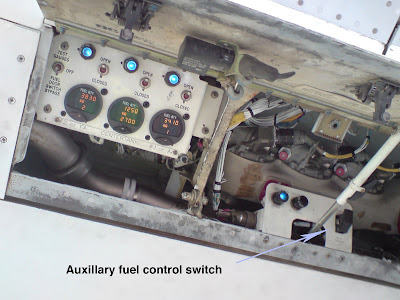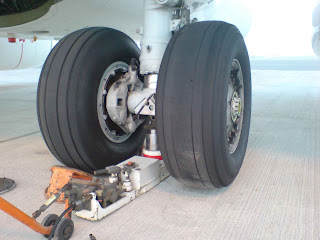Aircraft Deicing
Winter is coming, the formation of ice on top of the wing either during flight in cold area or after aircraft parked overnight in cold weather can alter the aerodynamic of the wing which can effect the lift force during take off.
To removed the ice & prevent it from reoccur, deicing fluid will be used which normally will be performed by well trained deicing team.
The commonly used fluid is either of ethylene glycol or propylene glycol however the latter is more common due to the fact it is less toxic.
Deicing fluid can be devided into 4 different type, type I, II, III & IV. Type II fluids are more commonly used and have thickening agent to prevent their immediate flow off aircraft surfaces. Typically the fluid film will remain in place until the aircraft attains 100 knots or so, at which point the viscosity breaks down due to sheer stress. The high speeds required for viscosity breakdown means that this type of fluid is useful only for larger aircraft.









